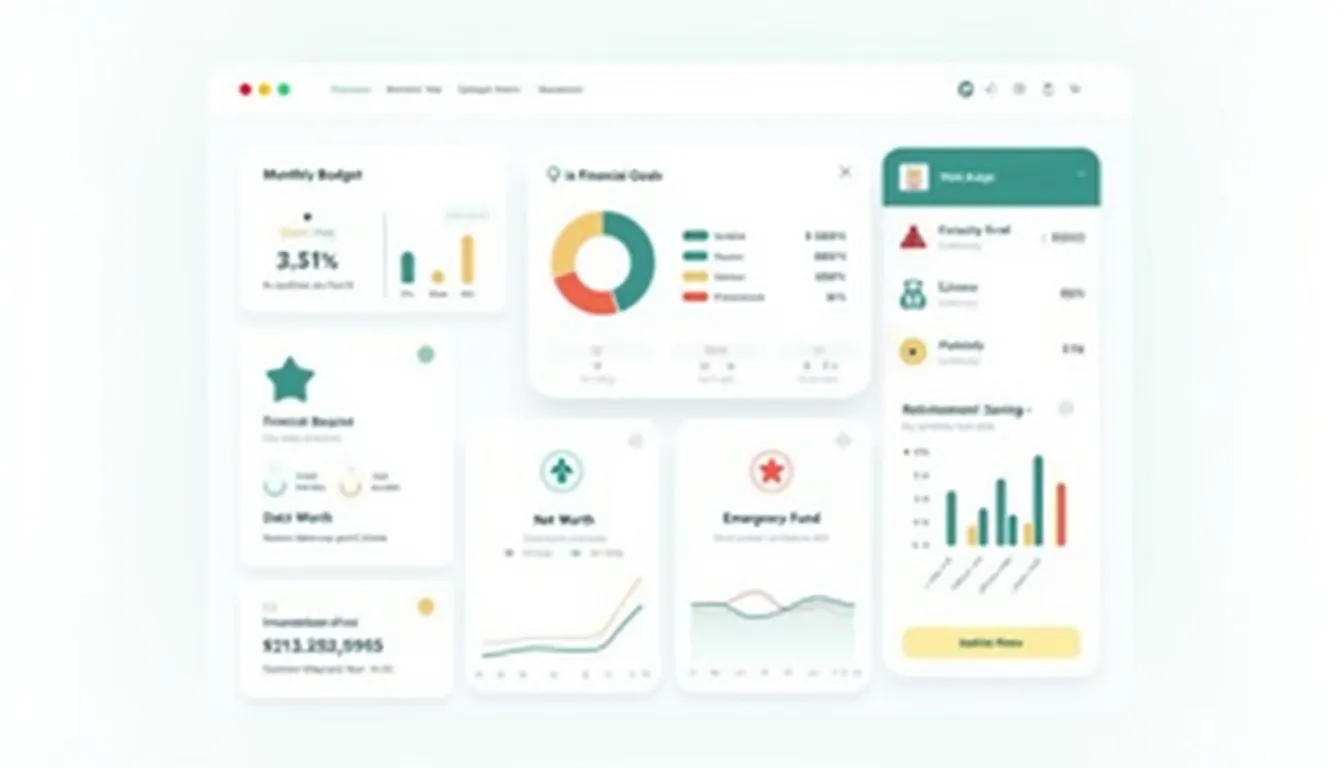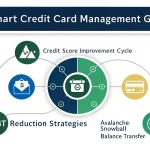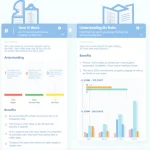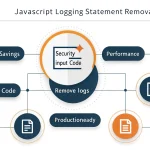Monthly Budget Calculator
Is this tool helpful?
How to use the tool
1. Enter your monthly numbers
- Income —your take-home pay. Example A: $4,800; Example B: $6,250.
- Fixed expenses —non-negotiables such as rent or insurance. Example A: $2,200; Example B: $1,900.
- Variable expenses —groceries, outings, utilities. Example A: $1,300; Example B: $1,450.
- Savings goal (optional) —amount you plan to set aside. Example A: $700; Example B: $800.
2. Review automatic calculations
The tool applies three simple formulas:
- Total Expenses: $$\text{Fixed}+\text{Variable}$$
- Remaining Balance: $$\text{Income}-\text{Total Expenses}$$
- Actual Savings: $$\min(\text{Remaining Balance},\;\text{Savings Goal})$$
3. Example output (Example A)
- Total Expenses: $$2{,}200+1{,}300=3{,}500$$
- Remaining Balance: $$4{,}800-3{,}500=1{,}300$$
- Actual Savings: $$\min(1{,}300,700)=700$$
You would have $1,300 left after bills, of which $700 meets your savings goal; $600 remains for discretionary use.
Quick-Facts
- Average U.S. household spends 33 % of its budget on housing (BLS Consumer Expenditure Survey, 2023).
- The personal savings rate averaged 4.1 % in 2023 (FRED https://fred.stlouisfed.org/series/PSAVERT).
- CFPB advises an emergency fund covering 3-6 months of expenses (CFPB “Emergency Fund Guide”, 2023).
- The 50/30/20 rule allocates 50 % needs, 30 % wants, 20 % savings (Warren & Tyagi, 2005).
FAQ
What does the calculator measure?
It breaks down how each dollar of net income funds fixed costs, variable costs, and savings so you can see your real spending pattern (Tool Docs, 2024).
How is “remaining balance” computed?
The tool subtracts total expenses from income: $$\text{Income}-\text{(Fixed+Variable)}$$. Anything positive is uncommitted cash you can save or spend.
What if the remaining balance is negative?
A negative figure means expenses exceed income; trim variable costs or boost income until the balance is at least zero (CFPB Budget Basics, 2023).
How much should I aim to save each month?
Many planners suggest 20 % of take-home pay under the 50/30/20 framework (Warren & Tyagi, 2005). Adjust higher for aggressive goals like early retirement.
What share of income should go to housing?
Federal guidelines cap affordable housing at 30 % of gross income (HUD “Housing Affordability”, 2023). Staying below this eases room for savings.
How can I lower variable expenses?
Batch-cook meals, renegotiate service plans and track impulse buys; households that track spending cut food waste by 20 % (ReFED Report, 2022).
Are my entries stored on the server?
No. Calculations run in your browser; data clears when you refresh, protecting privacy (Tool Docs, 2024).
Can I adapt the calculator for weekly pay?
Yes. Convert weekly figures to monthly by multiplying by 4.33—the average weeks per month (IRS Pub 538, 2023)—then enter the results.
Important Disclaimer
The calculations, results, and content provided by our tools are not guaranteed to be accurate, complete, or reliable. Users are responsible for verifying and interpreting the results. Our content and tools may contain errors, biases, or inconsistencies. Do not enter personal data, sensitive information, or personally identifiable information in our web forms or tools. Such data entry violates our terms of service and may result in unauthorized disclosure to third parties. We reserve the right to save inputs and outputs from our tools for the purposes of error debugging, bias identification, and performance improvement. External companies providing AI models used in our tools may also save and process data in accordance with their own policies. By using our tools, you consent to this data collection and processing. We reserve the right to limit the usage of our tools based on current usability factors.







